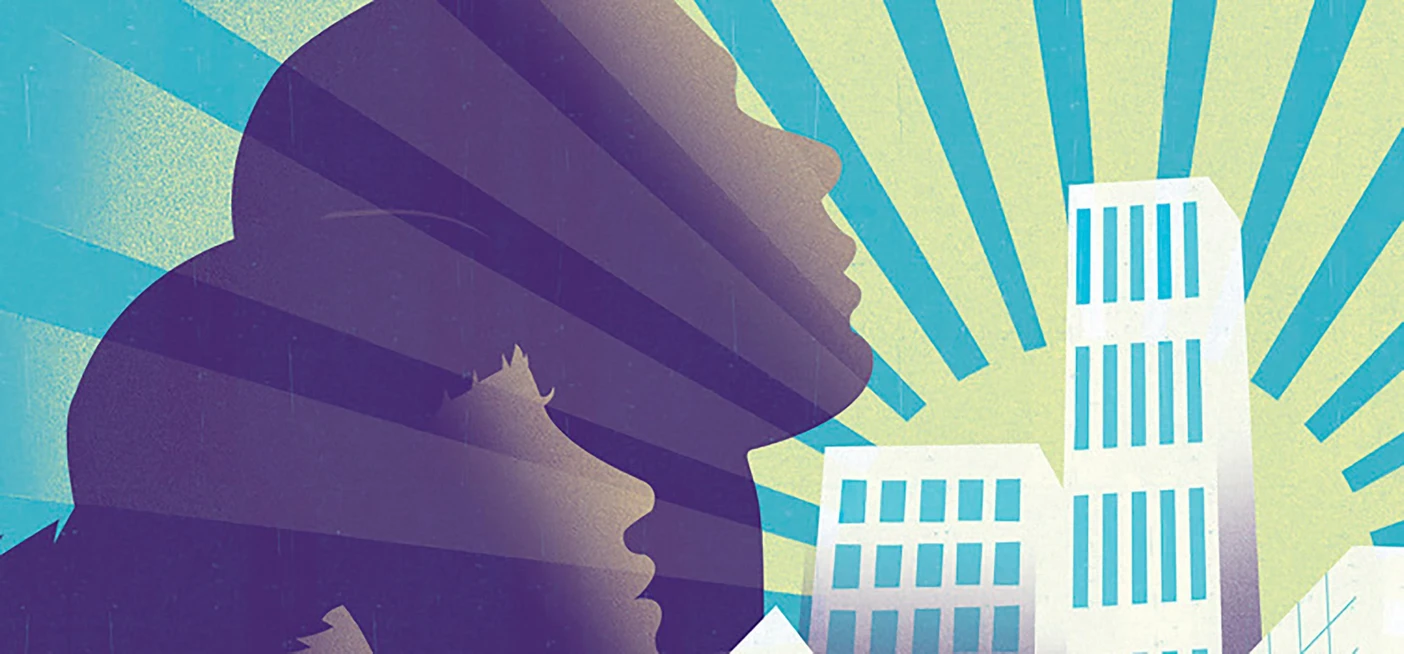This Youth Justice Action Month, a Focus on Treating All Kids in the Criminal Justice System as Kids

Over the past 15 years, the number of children locked up each year in the United States has been cut in half.
According to a new analysis from The Pew Charitable Trusts, between 2006 and 2015, the share of adjudicated youth in residential facilities declined from 201 per 100,000 juveniles to 100 per 100,000. Through the efforts of community advocates, system stakeholders, philanthropic leaders, and national experts, the reform movement has developed broad consensus that incarceration should be a last resort, not a first response, to young people’s mistakes.
These changes have benefitted thousands of kids. It might be tempting to declare victory. But at Vera, we aren't satisfied. Cutting the number of incarcerated kids by half is just one step towards an American youth justice system that treats all kids as kids. To achieve this vision, the country must:
- continue to test its assumptions of what youth justice means;
- address the persistent ways in which race and gender shape how youth are treated in the system; and
- fashion a system that makes space for the voices of impacted youth, families, and communities.
Transforming the meaning of “youth justice.” The words “youth justice” have traditionally limited conversations about reform to young people in the juvenile justice system. But America treats thousands of kids in the criminal justice system as adults each year. The system says to them: By virtue of your actions, you must forfeit your childhood. You are worthy of our harshest retribution and not our protection. Reducing the number of children touched by the justice system will be that much more meaningful when the country never sends a child to an adult jail, and when all states raise the age of juvenile jurisdiction to at least 18. And for youth over 18, the country needs more approaches that are attuned to the unique space they occupy between adolescence and full adulthood.
Eliminating racial and gender disparities. Moreover, reform strategies must benefit all kids equally. Even as the number of incarcerated children has fallen, racial disparities have persisted and, in some places, even deepened. Policymakers and practitioners must seek to better understand how gender and race define young people’s pathways into the justice system and continue to shape their experiences once they’re there. Only by grasping the complexity and nuances of race/racism and gender/sexism in youth justice will the field be able to craft solutions that attend to historical injustices.
Transferring power to those impacted. For too long, the justice systems have held all the decision-making power. In order to generate lasting change, actors in the justice systems will have to cede some authority. Systems that are turning some of their power over to youth, families, and communities are seeing success. It’s a simple idea: youth who have the support of their families and communities do better. Young people who survive interactions with the justice system should have the chance to shape its reform.
During Youth Justice Action Month (YJAM) this October, Vera’s Center on Youth Justice will be spotlighting the opportunities and challenges associated with America’s treatment of children in the criminal justice system. YJAM offers a chance to bring issues of youth justice to the forefront of the national conversation, but this is a conversation that needs to move beyond talk to real action in order to ensure that America’s young people are treated fairly by a system that recognizes age-appropriate ways to intervene to support their growth into thriving adults.
